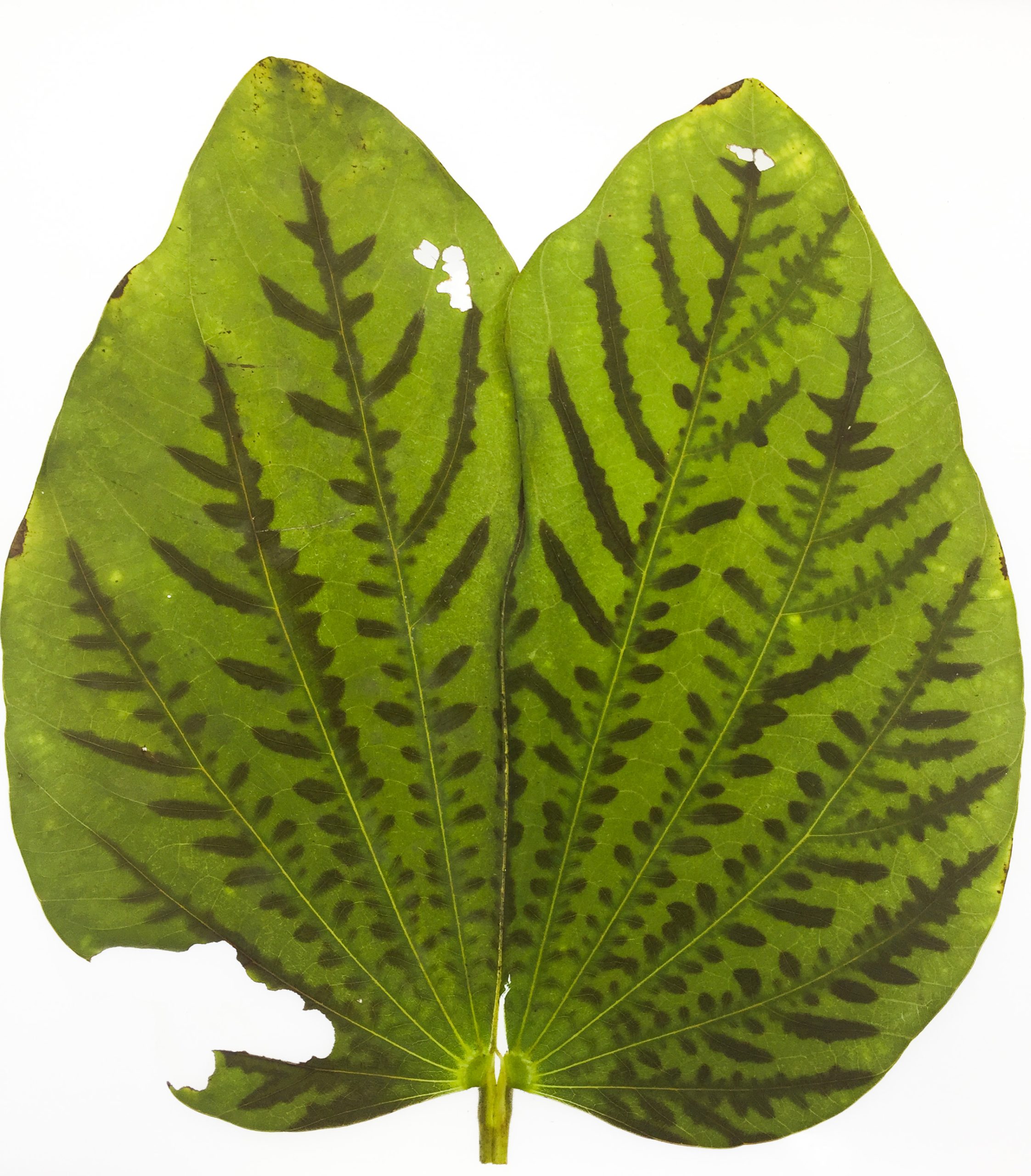Recent focus on drought-induced mortality of plants has focused on woody species and measurements have been made primarily on aboveground tissue. But perennial grasses resprout from belowground bud banks that can survive extreme conditions, like drought, heat waves, and fires. But how they survive these events and what the thresholds of survival are for these plants is largely unknown. The focus of my lab is to identify these thresholds and understand how they vary across species and environmental conditions.
Surviving Fires
In collaboration with Jackie Ott (USDA Forest Service), we have working to understand how different fire intensities effect plant and plant community responses to these events. Like all the research in our lab, finding we are attempting to find the point when plants can't survive, but that is really difficult with grasses because hey are so darn resistant and resilient.
Drought Survival
Plants exhibit a wide range of strategies and abilities to survive drought; identifying and quantifying the mechanisms underlying these strategies is a primary area of research in my lab. One specific research area we are focused on in The Grass Lab is understanding how the water transport system responds to drought conditions. In plants, this transport system in includes the vascular system AND tissues outside the xylem in roots and leaves. The vascular system experiences cavitation events that lead to air-filled cells (embolisms) that reduces the ability of plants to transport water and can lead, eventually, to mortality. We are working to quantify the range of abilities of plants to resist the formation of embolisms in order to predict the impact of drought on grassland plant communities.
